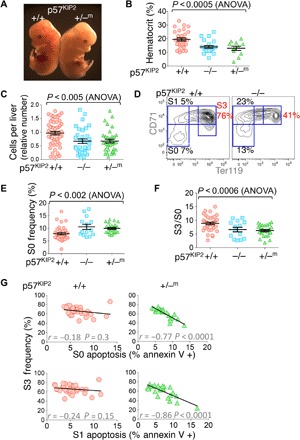Fig. 3. Anemia and abnormal erythropoiesis in p57KIP2-deficient embryos.

(A) p57KIP2+/−m and wild-type littermate embryos on embryonic day 13.5 (E13.5). The p57KIP2+/−m embryo is pale and has a smaller fetal liver. (B) p57KIP2-deficient embryos are anemic, as seen from their significantly reduced hematocrit (n = 64 embryos, E13.5). (C) Fewer fetal liver cells in p57KIP2-deficient embryos compared with wild-type littermates (n = 121 embryos). (D) Abnormal erythroid differentiation in p57KIP2-deficient embryos. A representative CD71/Ter119 plot showing fewer S3 erythroblasts in the p57KIP2−/− embryo compared with wild-type littermate. (E) Increased frequency of S0 cells in p57KIP2-deficient fetal livers, measured as in (D), from 7.9 ± 0.46% (mean ± SE, wild-type embryos, n = 36) to 10.6 ± 1% (p57KIP2−/−, n = 14) and 10.0 ± 0.38% (p57KIP2−/−m, n = 25). The absolute number of S0 cells is unchanged because the total number of fetal liver cells is reduced proportionally to 67% of wild-type for both p57KIP2−/−m and p57KIP2−/− embryos [see (C)]. (F) Reduced ratio of S3 to S0 erythroblast number, measured as in (D), for a total of 74 embryos. (G) Inverse correlation between apoptosis in the S0 or S1 subsets and S3 frequency in the fetal livers of p57KIP2-deficient embryos. No significant correlation was seen in the fetal livers of wild-type littermates. Fetal livers were freshly explanted and immediately stained for annexin V binding. n = 75 embryos.
